
Your Astilbe care images are available. Astilbe care are a topic that is being searched for and liked by netizens now. You can Download the Astilbe care files here. Download all royalty-free images.
If you’re searching for astilbe care images information linked to the astilbe care topic, you have pay a visit to the right blog. Our site always gives you hints for seeing the maximum quality video and picture content, please kindly search and find more informative video content and graphics that match your interests.
Astilbe Care. Make sure that the crown is facing upwards and planted only about 2 inches from the topsoil, with the roots facing downward and deeper into the ground. However, there are a few things to do ensure this is the case. Astilbe plant care while maintenance of the plant is minimal, care for astilbe includes regular, even watering throughout its active growth, especially if planted in areas with more sun. This not only supplies the plants with the necessary nutrients, the compost also ensures that the soil remains damp.
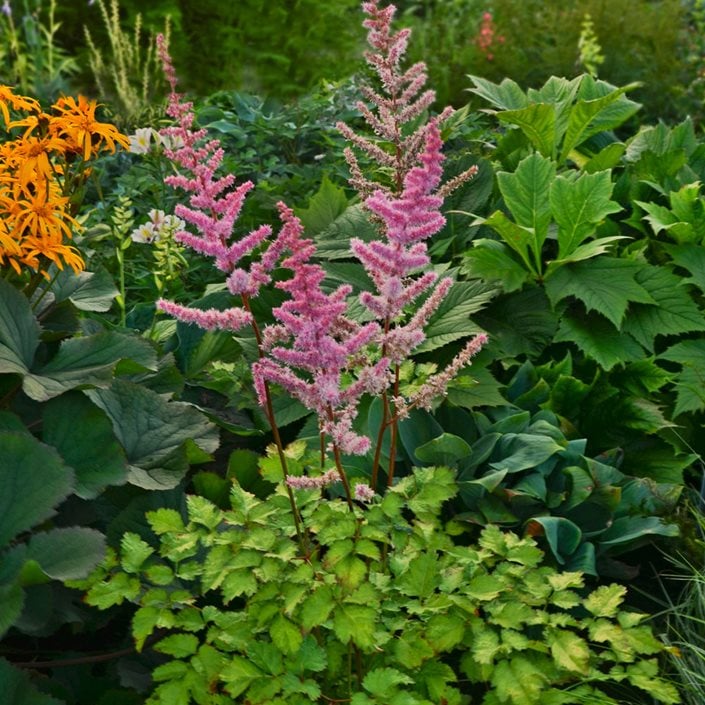 Growing Astilbe How to Plant & Care for Astilbe Plants From gardendesign.com
Growing Astilbe How to Plant & Care for Astilbe Plants From gardendesign.com
The botanical name is astilbe spp. A position by the side of a shaded pond is ideal. Display your flowers in a cool spot away from ripe fruit and bright direct sunlight. They grow best in northern areas where it is cool and wet. In ideal conditions, astilbe plants can grow quickly and require more frequent division. Applying a liquid fertilizer in june and again in july will speed growth.
They also provide winter interest if the seedheads are left in place.
You may give your astilbe an occasional drink when the ground is free of snow and the air and soil temperatures are at least 40°f. The leaves are usually dark green, dissected. Ensure good moisture from spring through summer, however not waterlogged conditions. Astilbe tends to pop above ground which makes the crown lose moisture and shrivel. It is best practice to check that your flowers have enough water every day. And there are at least 16 astilbe varieties of this herbaceous perennial.other common names are false goat’s beard and false spirea.
 Source: easytogrowbulbs.com
Source: easytogrowbulbs.com
Applying a liquid fertilizer in june and again in july will speed growth. The pot should have good drainage. A position by the side of a shaded pond is ideal. At this point, apply a mulch to the plant to help it cope with the cold. But that doesn’t mean that the astilbe perennial is cold.
 Source: gardeningknowhow.com
Source: gardeningknowhow.com
Especially when those winters come with frequent frost spells and freezing nighttime temperatures. Mulching also helps keep the crown of the plant under the surface. Caring for astilbe in pots. You may give your astilbe an occasional drink when the ground is free of snow and the air and soil temperatures are at least 40°f. The color of inflorescences can be from white to pink and bright red.
 Source: bestflowerscare.blogspot.com
Source: bestflowerscare.blogspot.com
Astilbe is at its best when in a slightly acidic soil that is consistently moist. It is best practice to check that your flowers have enough water every day. Choose a position with protection from hot sun. Astilbes are easy to care for, provided they’re growing in the right growing conditions. Amend soil, especially clay types, with peat moss, perlite, and coarse sand to improve the drainage.
 Source: easytogrowbulbs.com
Source: easytogrowbulbs.com
They like consistently moist soils , and they will suffer without it. The tarnished leaf bug is another pest that is attracted to astilbe, but it is likewise not a serious threat. The botanical name is astilbe spp. Astilbes are thirsty plants and heavy feeders during the growing season. Simply cut back plants after flowering and divide every three or four years.
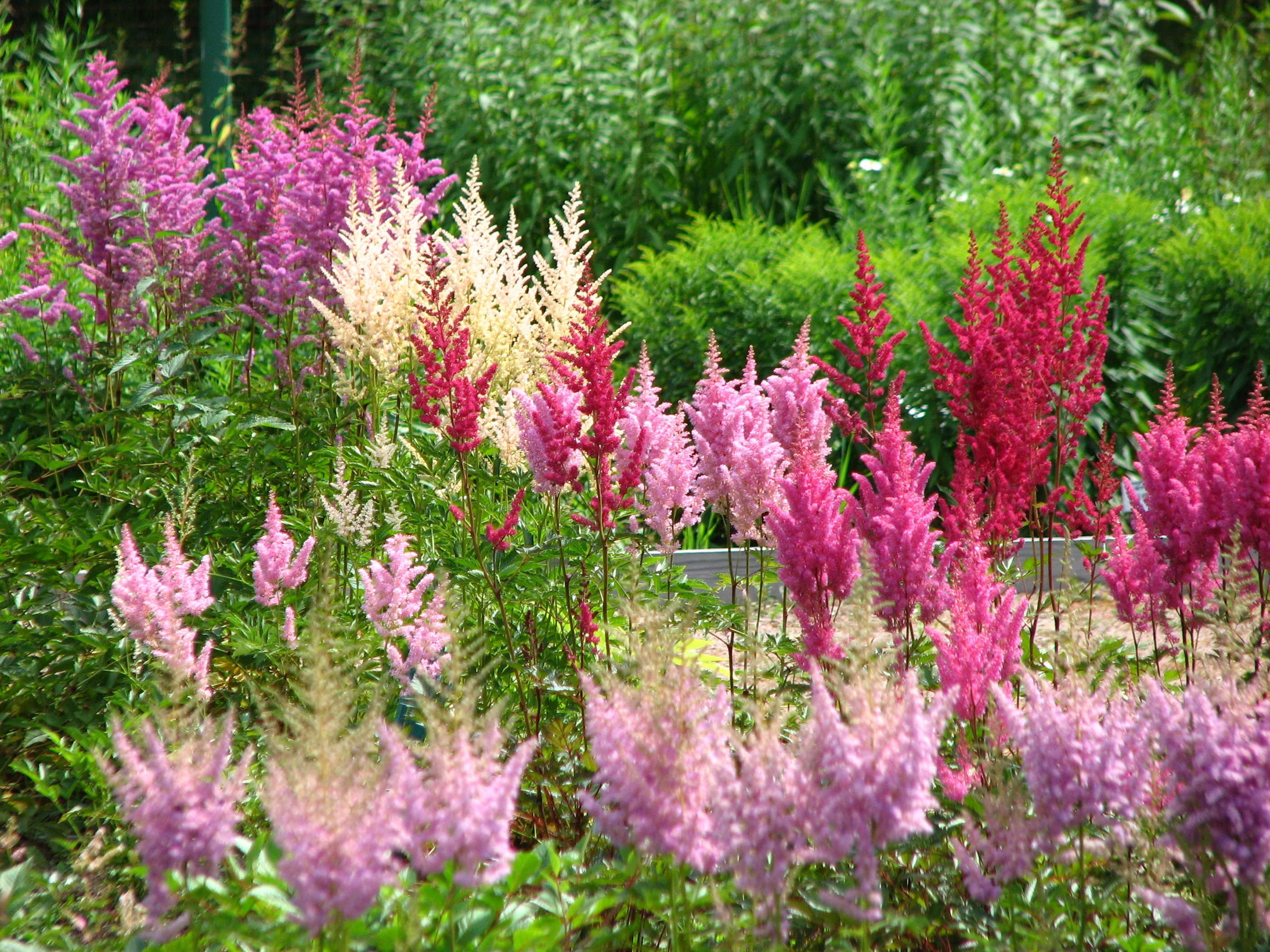 Source: natalielinda.com
Source: natalielinda.com
Plant tissue that contains moisture is less likely to suffer damage during cold weather, and wet soil holds more heat than dry. Astilbes should be regularly fertilized in the spring with compost. But in the case of astilbe, mulching is just another way to keep the moisture in the soil and prevent it from drying out. How to care for astilbe plants in winter when winterizing astilbe plants, there are a couple routes you can take with the flowers. Ensure good moisture from spring through summer, however not waterlogged conditions.
 Source: bhg.com
Source: bhg.com
Mulching also helps keep the crown of the plant under the surface. Astilbes are thirsty plants and heavy feeders during the growing season. Simply picking the bugs off and dropping them in soapy water is the preferred control method. Be aware that in a very sunny spot, the foliage may scorch in high summer, and the soil is liable to dry out more quickly. They grow best in northern areas where it is cool and wet.
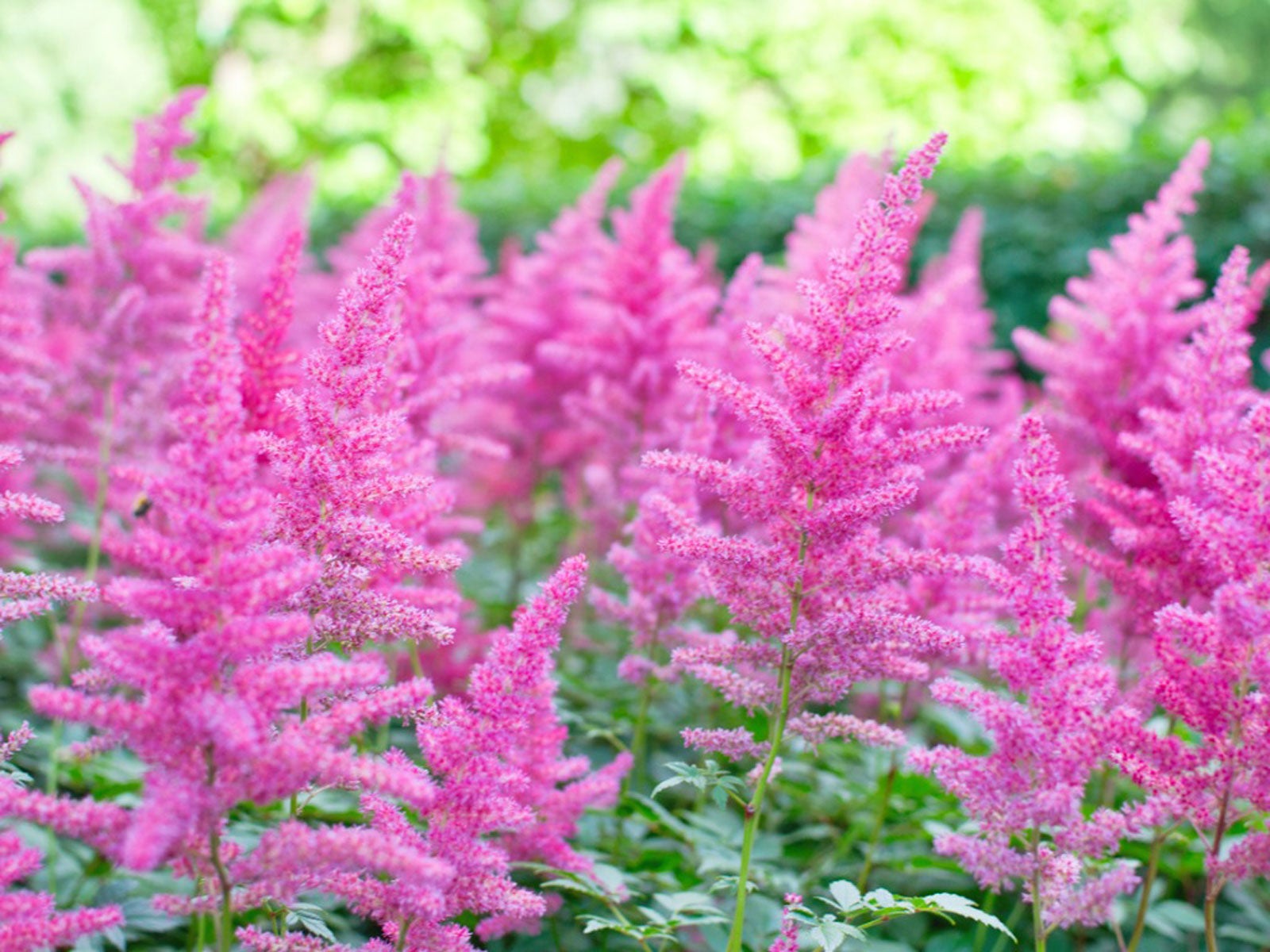 Source: gardeningknowhow.com
Source: gardeningknowhow.com
The tarnished leaf bug is another pest that is attracted to astilbe, but it is likewise not a serious threat. Astilbe is not drought tolerant, but some varieties such as the chinese astilbe (astilbe chinensis) have better drought tolerance than others. The leaves are usually dark green, dissected. Astilbe likes moist soil so hotter climates will need to have them in shade and you’ll need to add extra water. The tarnished leaf bug is another pest that is attracted to astilbe, but it is likewise not a serious threat.
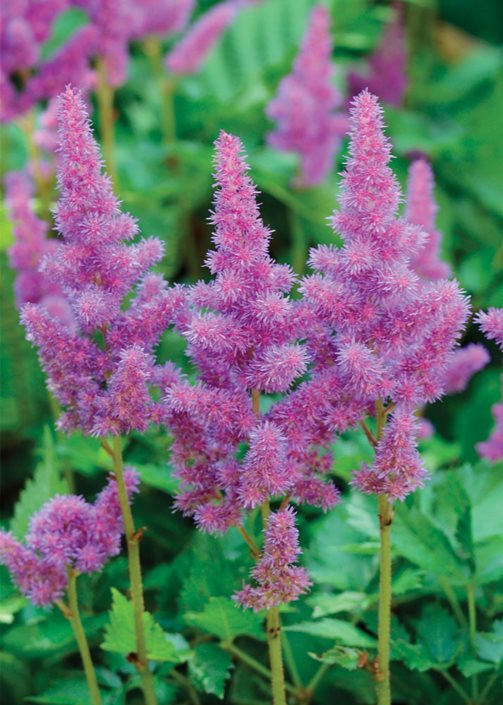 Source: gardendesign.com
Source: gardendesign.com
A position by the side of a shaded pond is ideal. Amend soil, especially clay types, with peat moss, perlite, and coarse sand to improve the drainage. The botanical name is astilbe spp. Firstly, the plants hate to dry out, so continue watering them until the ground freezes. A position by the side of a shaded pond is ideal.
 Source: garden.org
Source: garden.org
The color of inflorescences can be from white to pink and bright red. Amend soil, especially clay types, with peat moss, perlite, and coarse sand to improve the drainage. However, there are a few things to do ensure this is the case. Astilbes are easy to care for, provided they’re growing in the right growing conditions. They also provide winter interest if the seedheads are left in place.
 Source: sakuratucson.com
Source: sakuratucson.com
How to care for astilbe plants in winter when winterizing astilbe plants, there are a couple routes you can take with the flowers. And there are at least 16 astilbe varieties of this herbaceous perennial.other common names are false goat’s beard and false spirea. In ideal conditions, astilbe plants can grow quickly and require more frequent division. From the end of may to august, bright pyramidal brushes appear on the plants. Keep your plant well watered, especially during the heat of the summer.
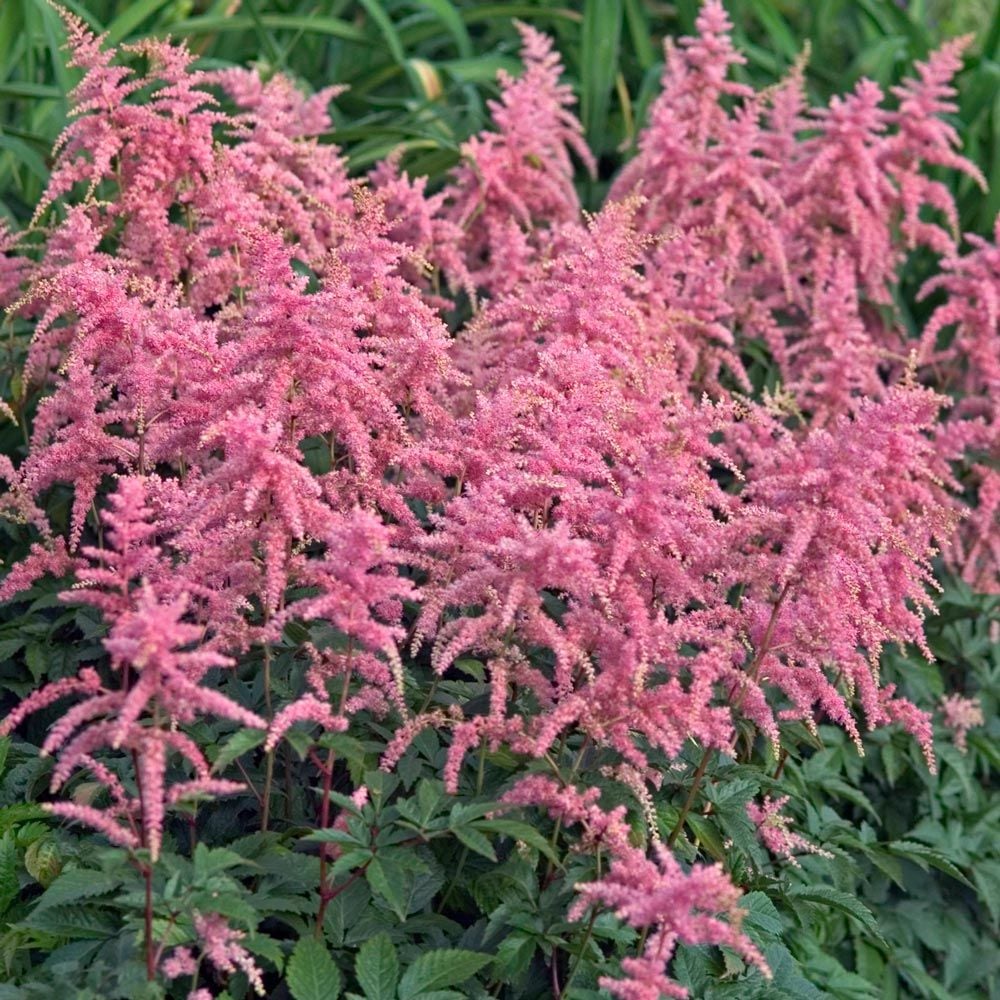
Keep your plant well watered, especially during the heat of the summer. This not only supplies the plants with the necessary nutrients, the compost also ensures that the soil remains damp. The pot should have good drainage. Be aware that in a very sunny spot, the foliage may scorch in high summer, and the soil is liable to dry out more quickly. Astilbe is not drought tolerant, but some varieties such as the chinese astilbe (astilbe chinensis) have better drought tolerance than others.
 Source: easytogrowbulbs.com
Source: easytogrowbulbs.com
The botanical name is astilbe spp. Drying out can lead to leaf scorch, drying leaf margins and can even be. Dig in some well rotted compost, a little blood and bone and some aged manure. The tarnished leaf bug is another pest that is attracted to astilbe, but it is likewise not a serious threat. You may give your astilbe an occasional drink when the ground is free of snow and the air and soil temperatures are at least 40°f.
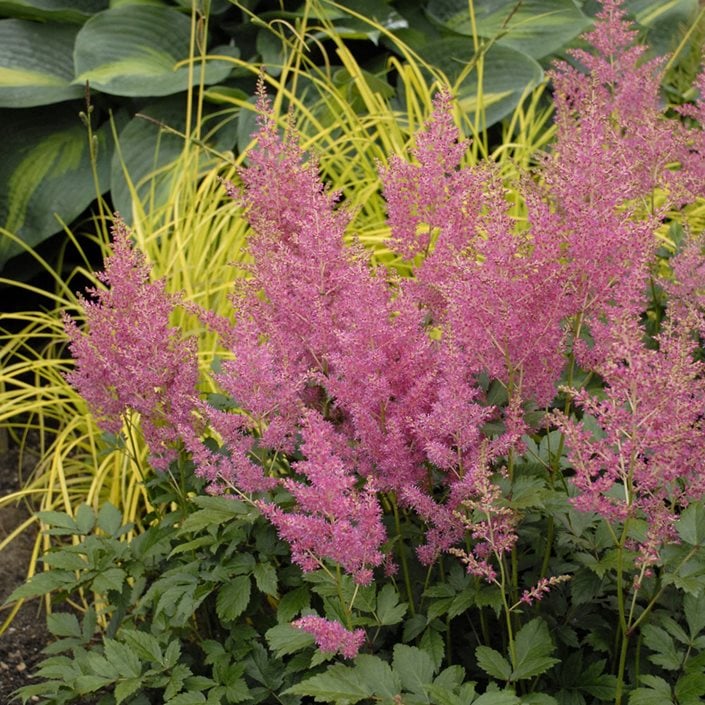 Source: gardendesign.com
Source: gardendesign.com
The botanical name is astilbe spp. These shrubs do not require pruning during the season, the dead flower stems alone should be removed by the spring at the latest. Caring for astilbe in pots. The botanical name is astilbe spp. For many plants, mulching is a way to help suppress weeds.
 Source: outsidepride.com
Source: outsidepride.com
It is best practice to check that your flowers have enough water every day. Especially when those winters come with frequent frost spells and freezing nighttime temperatures. You can also plant your astilbe in full sun, but make sure you provide them plenty of water. Astilbe is at its best when in a slightly acidic soil that is consistently moist. And there are at least 16 astilbe varieties of this herbaceous perennial.other common names are false goat’s beard and false spirea.
 Source: thespruce.com
Source: thespruce.com
They also provide winter interest if the seedheads are left in place. The leaves are usually dark green, dissected. Be aware that in a very sunny spot, the foliage may scorch in high summer, and the soil is liable to dry out more quickly. Astilbe tends to pop above ground which makes the crown lose moisture and shrivel. Firstly, the plants hate to dry out, so continue watering them until the ground freezes.
 Source: diygarden.co.uk
Source: diygarden.co.uk
The site for planting these flowering plants should be a dappled shaded area. The tarnished leaf bug is another pest that is attracted to astilbe, but it is likewise not a serious threat. Astilbe is not drought tolerant, but some varieties such as the chinese astilbe (astilbe chinensis) have better drought tolerance than others. They like consistently moist soils , and they will suffer without it. The color of inflorescences can be from white to pink and bright red.
 Source: gardendesign.com
Source: gardendesign.com
There is a wide choice, from large flamboyant specimens for spacious borders to compact cultivars for containers, and everything in between. Choose a sunny or lightly shaded area. Amend soil, especially clay types, with peat moss, perlite, and coarse sand to improve the drainage. Dig in some well rotted compost, a little blood and bone and some aged manure. Mulching also helps keep the crown of the plant under the surface.
 Source: pinterest.com
Source: pinterest.com
And there are at least 16 astilbe varieties of this herbaceous perennial.other common names are false goat’s beard and false spirea. The botanical name is astilbe spp. The botanical name is astilbe spp. Especially when those winters come with frequent frost spells and freezing nighttime temperatures. A position by the side of a shaded pond is ideal.
This site is an open community for users to do submittion their favorite wallpapers on the internet, all images or pictures in this website are for personal wallpaper use only, it is stricly prohibited to use this wallpaper for commercial purposes, if you are the author and find this image is shared without your permission, please kindly raise a DMCA report to Us.
If you find this site value, please support us by sharing this posts to your own social media accounts like Facebook, Instagram and so on or you can also bookmark this blog page with the title astilbe care by using Ctrl + D for devices a laptop with a Windows operating system or Command + D for laptops with an Apple operating system. If you use a smartphone, you can also use the drawer menu of the browser you are using. Whether it’s a Windows, Mac, iOS or Android operating system, you will still be able to bookmark this website.






